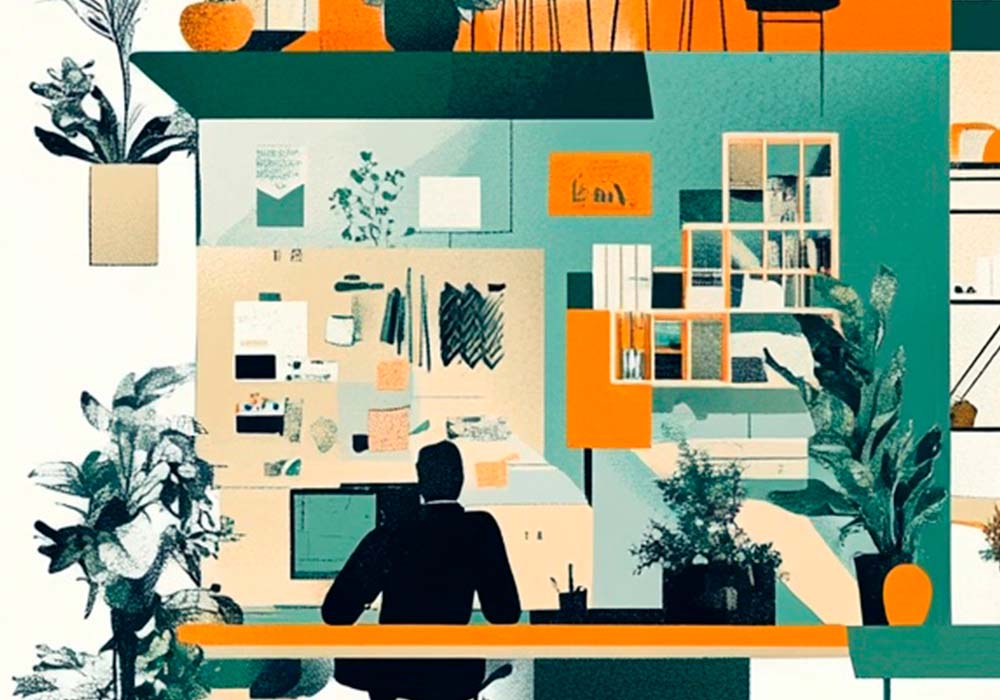An uncomfortable but necessary reminder: design alone doesn’t transform an organisation. There’s little point in a nice break room if no one feels they can take a break. Designing healthy workspaces involves a systemic view, where the physical environment and the organisational culture work in sync.
“Design alone does not transform an organisation. Designing healthy workplaces involves a systemic view”.
Ways to design environments that add up to wellbeing
According to McKinsey, there are factors that can affect occupational health which organisations can shape through the design of their spaces and their internal culture:
1. Social interaction
Positive relationships in the workplace are a powerful antidote to burnout. Design can foster these bonds by creating spaces that invite encounters: common areas, cafeterias and canteens, informal rooms for spontaneous meetings or corners that facilitate conversations without screens in between. It’s not just a matter of providing square metres, but of facilitating moments of human connection that reinforce healthy workspaces.
2. Mindset and beliefs
Space also conveys messages. An environment that reflects the company’s values – for example, with sustainable materials, inclusive signage or spaces designed for creativity – reinforces the sense of belonging. Feeling aligned with the organisation’s identity has a direct impact on emotional well-being.
3. Productive activity
Workplace health is also about being able to work efficiently and smoothly. Designing spaces adapted to different types of tasks – concentration, collaboration, pause or movement – improves focus and reduces fatigue. Ergonomic furniture, good lighting or the presence of well-integrated technology are details that together facilitate a day-to-day life more aligned with the principles of healthy workspaces.
4. Stress
Sensory overstimulation – noise, clutter, intense artificial lights – is a common source of stress. An environment that takes care of visual and acoustic comfort, that allows natural light to be regulated or that has quiet pause zones, helps to calm the nervous system and slow down the pace when necessary.
5. Sleep
Rest does not start at home: it is built during the day. Spaces with natural light, areas where you can really disconnect or the possibility of taking short breaks help to respect biological rhythms. Better sleep outside work is also a consequence of healthy workplaces.
Understanding these factors not as isolated elements, but as an interconnected ecosystem, makes it possible to transform the workplace into a true agent of health.
It’s not about magazine offices, or following the latest trend in corporate design. It’s about understanding how space can act on key dimensions of health: from stress to social connection, from productivity to rest.
A commitment to healthy workplaces is a way of putting people at the centre. And perhaps also a reminder that work can – and should – be a place to flourish.
Sources:
